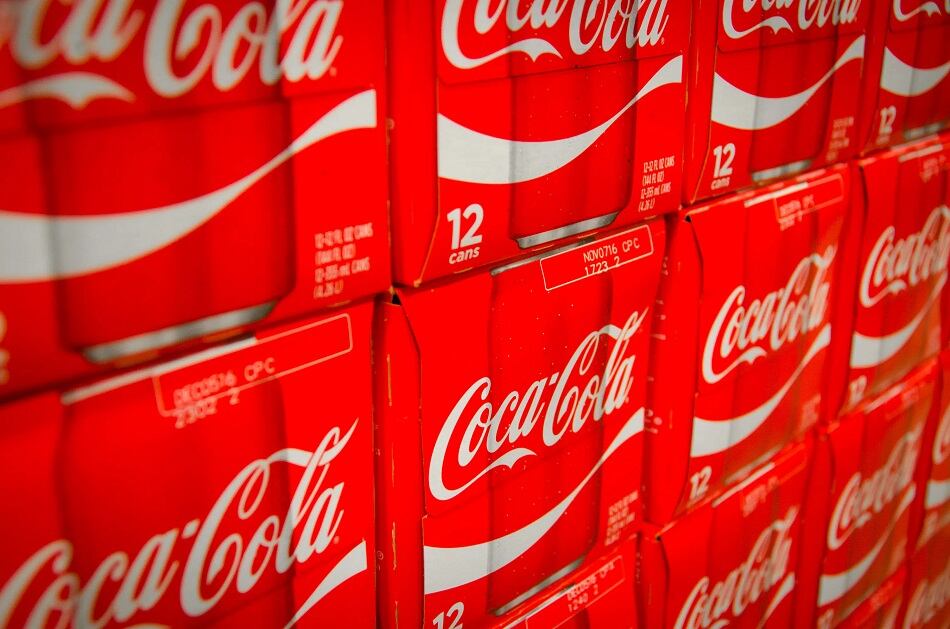“There’s no silver bullet out there that’s going to suddenly change the Coke Company. It’s too large for that. But [the strategic reorganization announced in August 2020] is reinforcing that capability and reinforcing our confidence that we will be able to perform,” Quincy said at Barclays Global Consumer Staples Conference in Boston last week.
He explained that two years ago when Coca-Cola consolidated its business into nine highly interconnected operating units under four geographical segments it was with an eye toward delivering more consistency, eliminating duplication and scaling new businesses more quickly.
These shifts were “all targeted at making us more capable and more able to keep achieving what we set out to … which is to get the revenue growth rate at the top end of a long-term algorithm” for strong top-line driven growth, he said.
And despite “all the inflationary weirdness in the short-term and potentially next year,” as well as the challenges of the pandemic, the plan is working, he added.
“If you take the first half of 2022 and compare it to the first half of 2019 and just say what was the average annual growth rate in around numbers in volume and price/mix you get about two and a bit on volume and you get about three and a bit on price/mix,” he said.
“In other words,” Quincy added, “you get between five and six on the top line – and so you can see that end-to-end, even through the rollercoaster of COVID, we kept up that level of top line that were getting coming out of 2018, 2018 and 2019.”
Likewise, the “marketing effectiveness is really starting to work,” he said. “when you look at the programs or some of the innovations on core brands, like Coke and Fanta and Sprite, they’ve been more effective – whether you look at simple measures like consumer engagement with some of the Coke innovations … you get a tremendous uptick … with the more recent ones.”
Overall, Quincy added: “It’s been very well through and through.”
Why restructure during a traumatizing, once in a lifetime event?
The success wasn’t accidental, nor was the decision to undertake such a massive change during an already tumultuous period at the start of the pandemic.
“The intention was very much about leaning into being more aggressive on getting one what needed to get done and also taking the decision that once COVID ended and the reopening was happening, and we were … back to growth, the last thing you wanted to be involved in was the stress of restructuring, which tend to distract the organization from growing,” he explained.
As it was, by the time the restructuring settled into place, the threat of COVID was also ebbing, allowing the company to focus on growth as consumers eagerly returned to events and social gatherings.
While many of the big changes are now in place, many more are still up in the air – including who will assume the role of chief operating officer after long time leader Brian Smith retires.
“The global oversight of the Coke Company and ecosystem is always going to end up being a team sport, and it needs multiple people in different configurations to get that done. Certainly, the way we've had it for the last few years with Brian, the COO's been fantastic. He's helped me a tremendous amount, a very long career, and he has a very deserved retirement ahead of him,” Quincy said.
While he didn’t have any new announcements to share, he said the company has always struck a balance about when to use the COO role and when not to.
With that in mind he noted, “the objective is always for balance for me to lead the company and the system with the need to kind of bring generations of executives up through the senior levels.”




